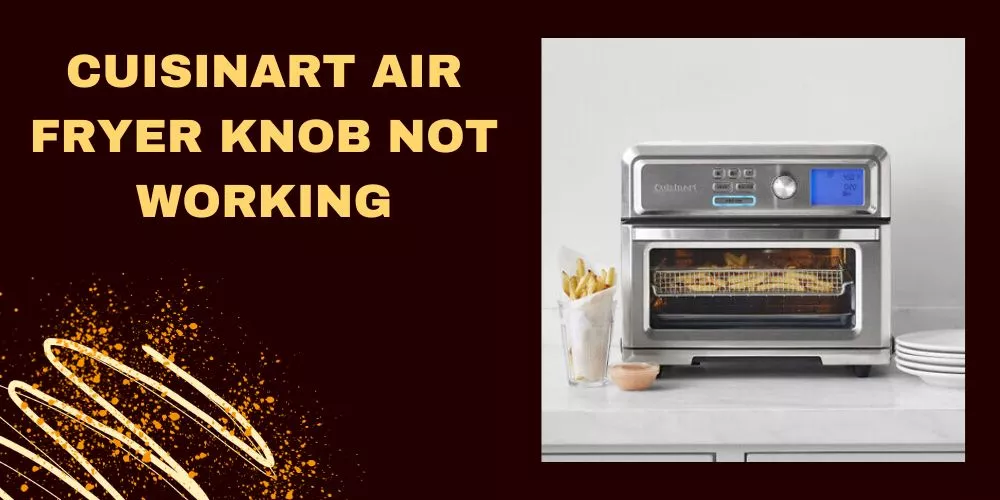Are you tired of scrubbing your Blender Bottle every day? Does the thought of putting it in the dishwasher cross your mind, only for you to worry about potential damage?
Fear not, because in this article, we set out to answer the looming question: Can blender bottles go in the dishwasher?
From exploring the materials used in Blender Bottles, to guidelines for safe dishwasher usage, you’ll discover an efficient, hassle-free cleaning routine for your favorite workout companion.
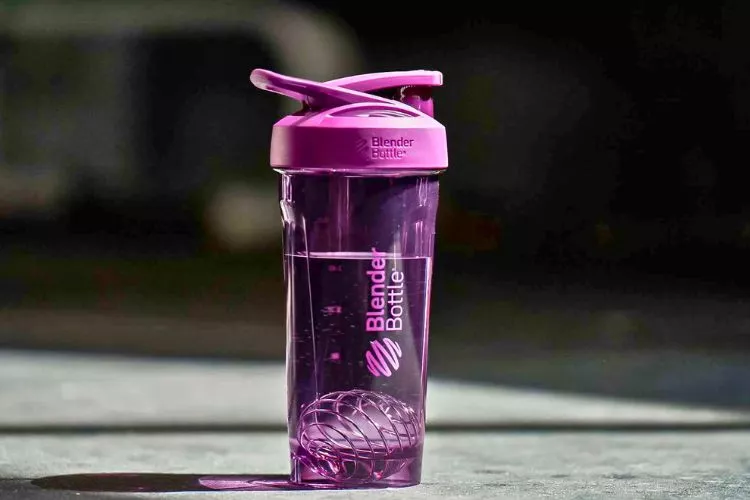
Stay tuned to find out everything you need to know!
Can blender bottles go in the dishwasher?
Yes, most Blender Bottles can go in the dishwasher. Typically, both the bottle and the lid are dishwasher safe.
This means they can withstand the heat and rigors of a typical dishwasher cycle. However, it’s recommended to place them on the top rack of the dishwasher to minimize potential wear and tear.
It’s also essential to verify this information with the manufacturer guidelines for your specific model, as not all Blender Bottles are made the same. Some versions or specific components might require hand washing.
Understanding Blender Bottle Materials: Dishwasher Impacts
When it comes to cleaning Blender Bottles in a dishwasher, the material of the bottle significantly impacts the result. The main materials used in Blender Bottle production are generally BPA-free plastic and stainless steel.
Below, let’s examine how these materials react to typical dishwasher conditions.
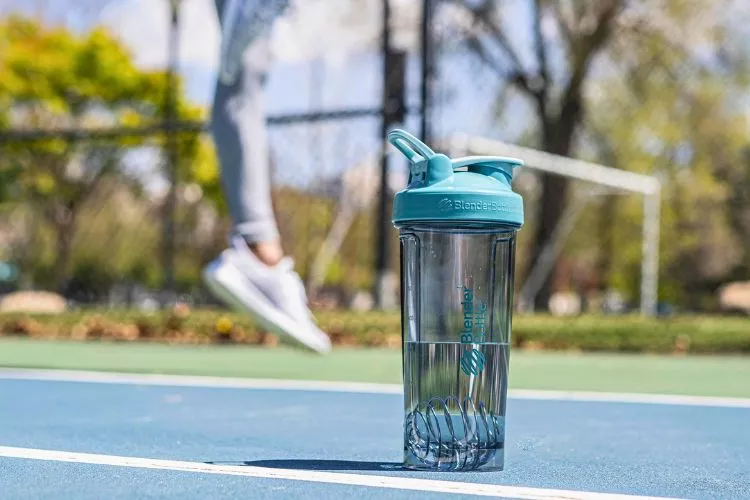
BPA-free Plastic Blender Bottles
Most Blender Bottles are made from BPA-free plastic. BPA, or Bisphenol A, is a potentially harmful chemical found in certain plastics. Being BPA-free means the bottle is generally safer for food and beverage storage.
These BPA-free plastic bottles are usually dishwasher safe on the top rack. The top rack is typically cooler and somewhat less harsh, reducing the chance of the plastic warping or becoming damaged.
However, over time and repeated cycles, high heat and intense water pressure could wear down the plastic, causing it to become brittle, discolored, or deformed. Therefore, it’s critical to check your bottle regularly for any visible damage.
Stainless Steel Blender Bottles
Some Blender Bottles are made of stainless steel. These bottles are highly durable and typically dishwasher-safe. However, it’s important to note that the heat of a dishwasher can potentially cause coloration changes or minor warping. As with plastic bottles, the top rack is generally the safest spot.
It’s also crucial to remember that stainless steel bottles should not be placed in a dishwasher with items containing iron or any other materials prone to rusting—this can reduce the risk of your Blender Bottle developing rust spots.
While each manufacturer may provide its own guidelines, understanding the effects of typical dishwasher conditions on your Blender Bottle materials allows you to make informed decisions about your bottle’s care. This ensures its longevity, making it an enduring companion for your health and fitness journey.
Can blender bottles go in the dishwasher without water?
No, Blender Bottles cannot be cleaned in a dishwasher without water. The cleaning process of a dishwasher requires water and detergent to remove food particles, grease, and bacteria.
Without water, the dishwasher would be unable to clean and sanitize your blender bottle effectively.
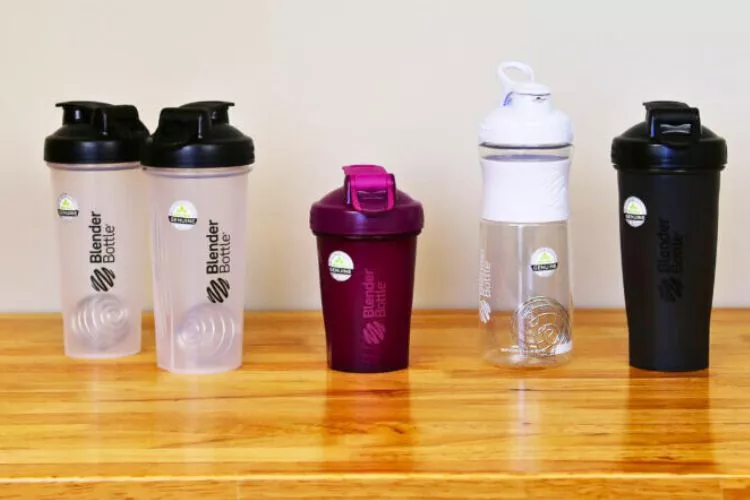
Moreover, the heat from a dishwasher with no water could potentially damage the Blender Bottle’s materials. In essence, always ensure you have adequate water and detergent before running a dishwasher cycle with your Blender Bottle or any other dishware.
How often do you need to clean a blender bottle?
Blender Bottles or shaker bottles are typically used for mixing and transporting protein shakes, smoothies or other nutrition drinks. Given this use and the potential for bacteria buildup, it’s recommended to clean your Blender Bottle after each use for optimal hygiene.
Nutrition drinks often contain components like dairy and sugars, which can start to spoil and produce bacteria if left uncleaned for too long. Leftovers can also start to smell or even mold over time.
Just rinsing the bottle is not usually enough for a thorough clean, especially if the mixture sits in the bottle for several hours during the day.
Therefore, immediately after use, rinse your bottle with hot water. At the end of the day, you should clean the bottle thoroughly, either by hand with hot water and dish soap or in the dishwasher, if your bottle’s product description confirms that it’s dishwasher-safe.
Pay extra attention to the lid and cap as these parts often have small nooks where old shake remnants can hide. Using a cleaning brush can help reach these difficult spots.
If for some reason you have to wait to clean your bottle, at least open the cap and let it air out to avoid a buildup of mold. And if you know you won’t get to it immediately, a rinse with warm water will help until you can get a proper washing done.
Regular cleaning with the correct method will keep your Blender Bottle in good condition and your drinks tasting fresh, without any carry-over flavors from the previous use.
How to clean blender bottle smell?
Over time, Blender Bottles may develop a foul smell due to residues left from the protein powders, fruits, milk, or other ingredients used in your shakes. If you’ve already washed your bottle, but it still smells, then you’ll need a deep-cleaning approach.
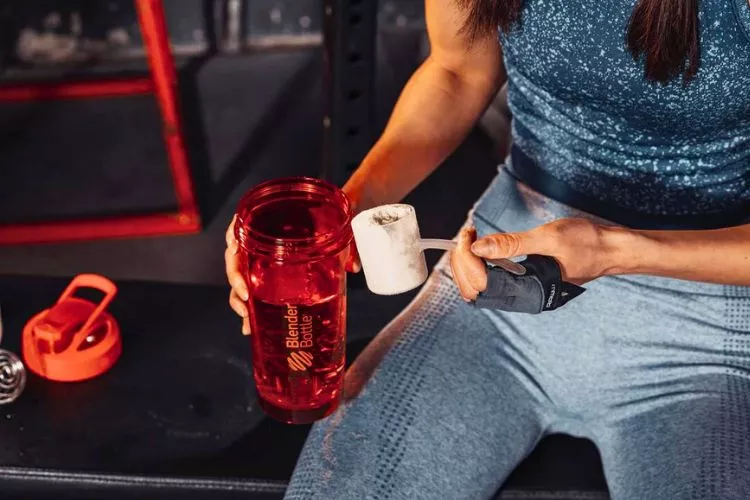
Materials Needed:
- Warm water
- Dish detergent
- Baking Soda
- Vinegar
- Lemon
- Soft bottle brush
- Sponge
6-step Guide:
- Step 1: Rinse: Begin by rinsing your Blender Bottle with warm water immediately after use to remove any residual shake or smoothie.
- Step 2: Deep clean with Dish Detergent: Fill the bottle with warm water and add a few drops of dish detergent. Close the lid tightly and shake vigorously. Use a bottle brush or sponge to scrub the sidewalls and corners of the bottle. Rinse thoroughly.
- Step 3: Baking Soda Scrub: For stubborn smells, create a baking soda mixture with a ratio of one tablespoon of baking soda to one cup of warm water. Fill the bottle with this solution and let it sit for at least one hour (or overnight for stronger odors). After it has sat, scrub the inside again, then rinse thoroughly.
- Step 4: Vinegar Soak: Fill the bottle with a mixture of one part white vinegar to three parts water. Let it soak for 10-15 minutes, and then shake well. Rinail the bottle and cap with warm water.
- Step 5: Lemon Freshness: Slice a fresh lemon in half and rub it all over the inside of the bottle. The acid in the lemon helps to break down the residual smell and provides a fresh scent. Rinail well with warm water.
- Step 6: Air Dry: After rinsing, let your Blender Bottle air dry completely. Any residual moisture can create a breeding ground for bacteria, contributing to unwanted smells.
By following this cleaning process regularly, you can keep your Blender Bottle smelling fresh and ready for your next use.
Best Cleaning Hacks for Reusable Bottles
Reusable bottles, like the Blender Bottle, have become very popular due to their versatility and contribution to reducing plastic waste. While they are convenient, they often pose a challenge when it comes to cleaning, especially given the protein powders and other substances that may leave residue behind.
Here are a few efficient cleaning hacks you can adopt:

1. Dish Soap and Warm Water:
The standard way to clean reusable bottles is with dish soap and warm water.
- Step 1: Rinse the bottle with warm water.
- Step 2: Put a few drops of mild dish soap into the bottle.
- Step 3: Scrub with a bottle brush, reaching all the corners.
- Step 4: Rinse well to make sure all soap is out.
2. Vinegar:
Vinegar is known for its strong cleaning properties.
- Step 1: Fill your Blender Bottle about 1/5th with white vinegar.
- Step 2: Fill the rest of the bottle with warm water.
- Step 3: Let it sit overnight.
- Step 4: Rinse thoroughly in the morning.
3. Baking Soda:
Baking soda deodorizes and can help remove stubborn stains.
- Step 1: Fill your Blender Bottle with warm water.
- Step 2: Add one or two tablespoons of baking soda.
- Step 3: Let it sit overnight.
- Step 4: Rinse and scrub thoroughly in the morning.
4. Rice and Dish Soap:
This is a great trick for cleaning the hard-to-reach corners of your Blender Bottle. Rice works as a gentle abrasive.
- Step 1: Add a small amount of uncooked rice to your bottle.
- Step 2: Add a little dish soap and warm water.
- Step 3: Close the lid and shake vigorously. The rice will scrub the inside of the bottle.
- Step 4: Rinse thoroughly.
5. DentureCleaning Tablets:
These tablets are designes to clean and sanitize dentures, but they can be used for reusable bottles too. They fizz up and can reach every part of the container.
- Step 1: Fill up your bottle with warm water.
- Step 2: Drop one or two denture cleaning tablets in.
- Step 3: Let it sit until the fizzing stops.
- Step 4: Rinse thoroughly.
Precautions:
- Always dry your Blender Bottle completely before reusing to prevent bacterial growth.
- Avoid using harsh or abrasive cleaners that can damage your bottle.
Remember, regular cleaning can extend the lifespan of your Blender Bottle and keep it hygienic.
Conclusion:
The majority of Blender Bottles are indeed dishwasher-safe, making cleaning them fairly effortless and convenient. Always remember to place them on the top rack to prevent potential damage from extreme heat.
However, regular manual cleaning with methods such as dish soap, vinegar, or baking soda can more thoroughly sanitize your bottles and maintain hygiene. Blender bottles may go into the dishwasher, but for a comprehensive cleanse, incorporating occasional manual cleanings is recommended.

